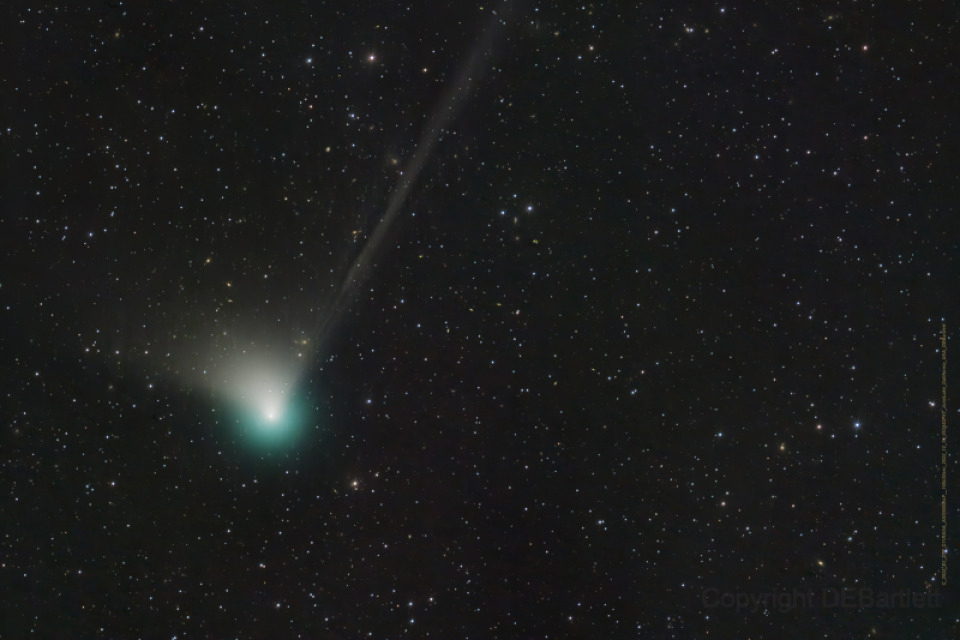A rare green comet is set to fly by Earth next week for the first time in 50,000 years and Western University is inviting the community to take part in witnessing the once-in-a-lifetime experience.

Comet C/2022 E3 (ZTF) has been dubbed the “green comet” because of the greenish hue it’s expected to give off.
Paul Wiegert, a physics and astronomy professor at Western University who also studies the dynamics of asteroids, comets and meteoroid streams, said an “unusual molecule” is produced by comets to make them green.
“It’s called dicarbon, it’s two carbon molecules, two carbon atoms stuck together. And it doesn’t exist on Earth, it’s too volatile, it just doesn’t survive,” he said. “When it gets hit by ultraviolet light from the sun, it glows a little bit like a fluorescent light.”
This comet was first discovered in March 2022 and is travelling from the “very edge of our solar system,” according to Wiegert.
He said that “every comet, like a snowflake, is unique.” But what makes the green comet particularly special is how close it will pass Earth.
“These comets really don’t come by very often at all, but this is probably not the first pass of this comet by the sun, but we don’t know if it’s ever been seen,” he said.
While our planet only takes a year to make its journey around the sun, Wiegert said the green comet takes tens of thousands of years, adding that “there is a lot astronomers can learn” from it.
“Comets that arrive from these distant regions may have delivered water to early Earth and contain important clues about the chemistry of star and planet birth,” he said. “While we don’t have an extensive study of this comet planned, scientists at Western are working to monitor the path and brightness of the comet as it swings by our planet.”
The comet is set to be most visible on Feb. 1 through binoculars or a small telescope.
Wiegert said “the trick in this case is to figure out exactly where to look.”
Those eager to catch an early glimpse are invited to a public night at Western’s Hume Cronyn Memorial Observatory on Saturday from 7 p.m. to 9 p.m.
More information can be found on the observatory’s website.




Comments